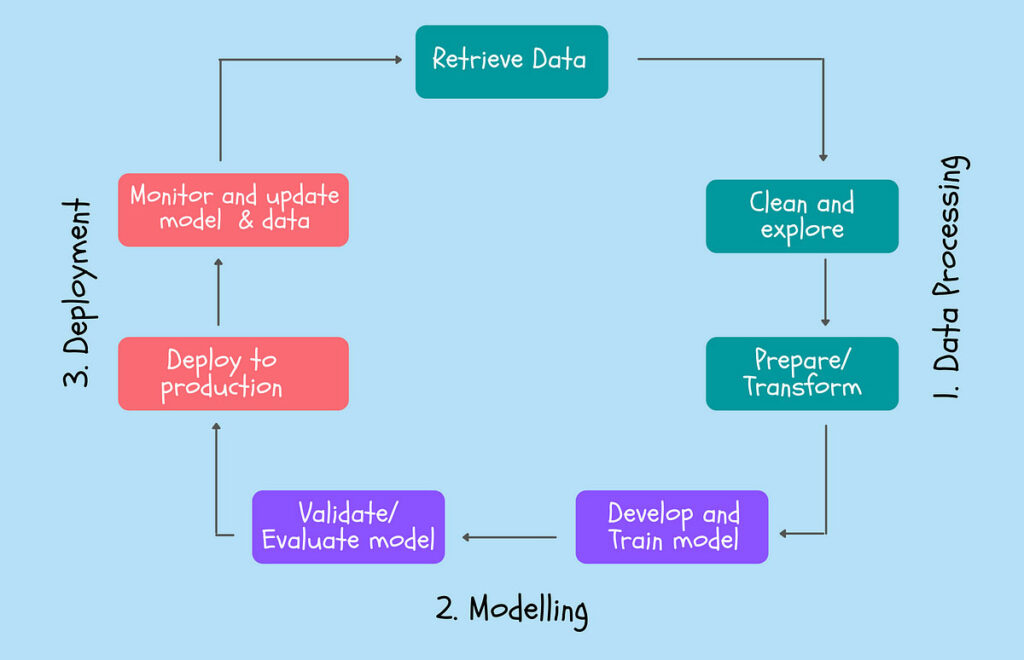How AI Will Impact The Accounting & Finance Industry

Artificial Intelligence (AI) is the science of teaching programs and machines to complete tasks that normally require human intelligence. The impact of AI in the accounting & finance industry is huge, innovating how they operate and build products and services. Recent AI advancements are changing the face of accounting & finance greatly.
Labor and time consuming tasks of accounting & finance which include: audits, banking, tax preparation, bookkeeping, reporting, and payroll, have become successfully automated with the help of AI. Development of self-learning systems are getting integrated into accounting works with the implementation of emerging technologies; with technological systems carrying on repetitive and time-intensive tasks leaving the analytical and managerial tasks to humans. AI is having a huge impact from chatbots to actively handling the management accountant, facing the regulations and requirements from clients, and to handling the time-consumed tasks.
Advantages of AI in Accounting & Finance
AI is developed on algorithms improving over time as more data is fed. AI features continuous improvement, eliminating human error with around-the-clock capacity to work without rest.
Accounting & finance firms can reap benefits from AI and ML platforms on the following:
Invisible Accounting
Understanding of behind the scenes operations freeing up accountants to engage more with strategic decision making procedures.
Continuous Auditing
Active Insight
Accounting managers and leaders get real time visibility and a better picture of financials without any errors.
AI & The Accounting & Finance Industry
The accounting & finance industry has moved from basic financial reporting and payroll to an active role in forward thinking businesses. The adoption of AI accounting software leverages automating accounting tasks which are of less value and are repeatable. This offers more time to contribute to plan things and work towards the company’s growth. Hence, accountants are looking for ways to effectively manage transformations in the business by driving the latest technologies.
Closing Procedures
Payable & Receivable Accounts
The present system has an AI which enables invoice management making accountants in management process payable/receivable works more streamlined by using digital workflow. Managing and learning the accounting code for the invoice is useful.
Audit
Digitalization tracks the file giving clear insights into which person, what time, and which location has accessed it. This gives more security to data and files. At the time of an audit, auditors don’t need to search file cabinets for documentation as they can quickly and easily have access to digital files. This maximizes the accuracy and efficiency of audits making it easy to audit 100% of a firm’s financial transactions.
Summary

Machine Learning
XBlock Consulting can assist you to build robust and scalable Machine Learning solutions by automating your data processing and developing models and algorithms that become our clients’ core IP. Machine Learning projects can be complex and unpredictable, and we lead you through it with a fully-managed process.
Scope of Machine Learning Project
Defining the technical problem for a specific business need
Conducting in-depth research/prior art analysis
Selecting the solution technology
Defining the technical problem for a specific business need
Developing and managing the data set
Designing, building, and training the model
Deploying and integrating the model

Machine Learning Workflow
In Machine learning, projects are all about experimentation, rapidly testing various ideas where some are successful and some leading nowhere. By running hundreds of experiments with different hyperparameters, model variants, and training sets, with time we identify which experiment perform best and which model variants should be employed. As things become more complex, due to systems using many linked chain models and not a single linked model, proper tooling is employed to control to follow a well-defined strict process.

AI in Cyber Security
If you had a properly trained, self-learning system capable of autonomously and continuously gathering data from a wide variety of sources about your enterprise, and performing correlation of patterns across hundreds of dimensions will surface the following categories of intelligence:
- Understand every relevant detail (configuration, usage, etc) of your extended enterprise inventory – all devices, users and applications, on-prem and off.
- Deep context around business criticality of each asset and user.
- Up to date knowledge of global and industry specific threats— aka what is fashionable with the adversary on a daily and weekly basis.
- Intimate understanding around the various security products and processes you have deployed as part of your overall breach risk mitigation plan.
- Compute your effective risk taking into account all the information in items 1-4 above, and predict how and where you are most likely to be breached.
- Provide prescriptive insights on how you might best configure and enhance your security controls and processes to improve your cyber-resilience, without negatively impacting business operations.
- Provide maximal context for prioritized and efficient handling of security alarms and incidents with impact minimization. inform tactical response to incidents, but also surface root causes and prescribe strategic mitigations for the underlying vulnerability.
- Explain its calculations and recommendations at all times by providing different visualizations and reports that contain relevant information for all stakeholders involved– users, business unit owners, security operations, CISO, auditors, CIO, CEO and board members.
AI, ML and Deep Learning in Cyber Security

